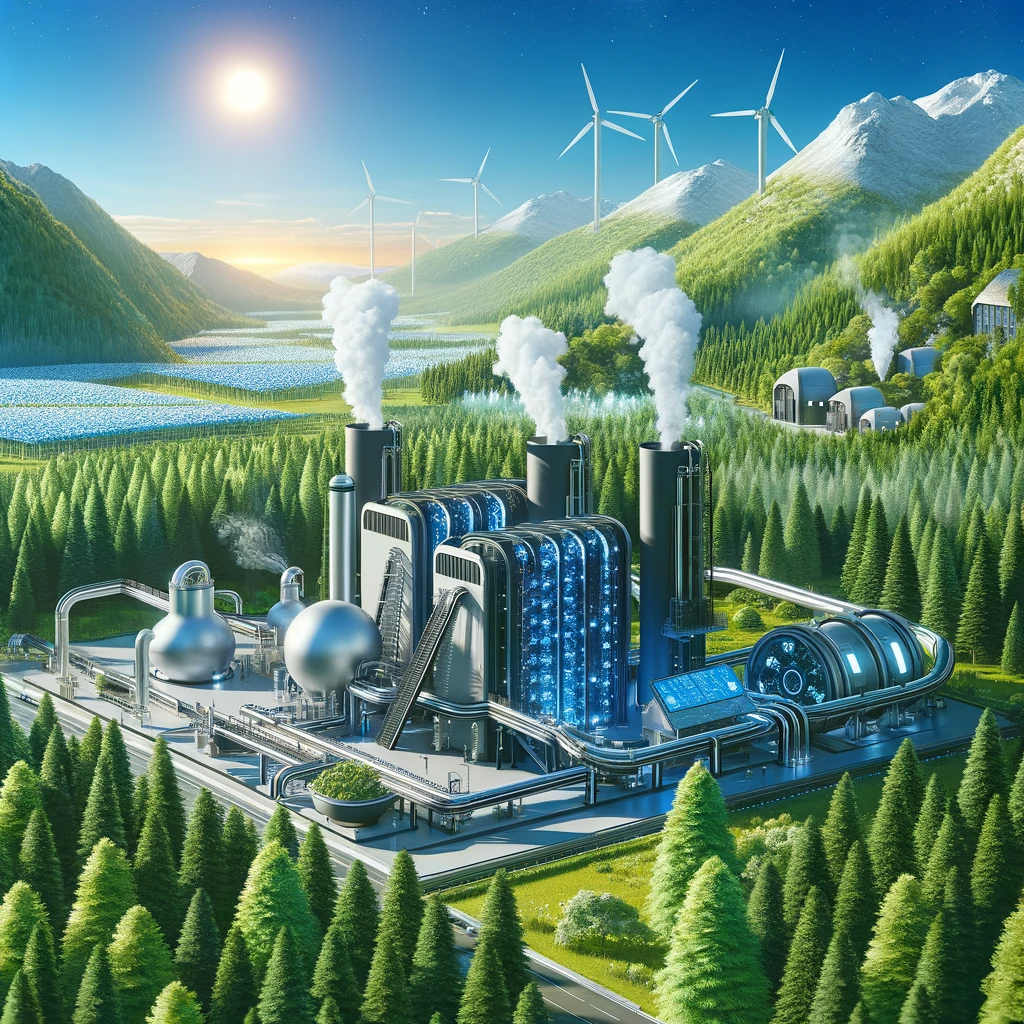Navigating Climate Change: Solutions and Strategies for a Sustainable Future
In our journey towards achieving net-zero emissions by 2050, we recognize the importance of diverse climate change solutions like Biomass Carbon Removal and Storage, forestry management, and Direct Air Capture. We understand the advantages and challenges each method offers, reflecting the need for a combined approach. Our challenges are technological, economic, and environmental, necessitating urgent action against the escalating impacts of climate change.
Climate change poses one of the greatest challenges of our time. The "Roads to Removal" report, an initiative from Climate Now and the Livermore Lab Foundation, outlines a series of potential solutions for carbon dioxide (CO2) removal to help the United States achieve net-zero greenhouse gas emissions by 2050.
Climate change is not just an environmental issue but a complex crisis impacting economies, health, and security worldwide. The challenges in addressing it are multifaceted:
Technological Hurdles: Many CO2 removal solutions are still in developmental stages, requiring significant advancements and scaling.
Economic and Policy Barriers: Implementing these solutions necessitates substantial investment and robust policy frameworks, often challenging to establish due to varied economic and political interests.
Environmental and Social Impact: Strategies must be environmentally sustainable and socially equitable, avoiding unintended consequences like biodiversity loss or social displacement.
The necessity for change is driven by the escalating impacts of climate change - increasing extreme weather events, rising sea levels, and biodiversity loss. Addressing these challenges through innovative solutions, collaborative efforts, and strong political will is crucial for a sustainable future.
Possible Solutions
There are several techniques, including Biomass Carbon Removal and Storage (BiCRS), forestry management, cropland soil management, Direct Air Capture (DAC), and geological storage. Each solution offers a unique approach to mitigating the effects of climate change.
Forestry Management:
Advantages: Enhances natural carbon sinks, supports biodiversity.
Disadvantages: Vulnerable to wildfires and pests.
BiCRS:
Advantages: Scalable, cost-effective, sustainable without impacting food supply or land use.
Disadvantages: Technological and logistical challenges in biomass transport and processing.
Cropland Soil Management:
Advantages: Improves soil health and agricultural productivity.
Disadvantages: Requires changes in farming practices.
Direct Air Capture:
Advantages: Can capture CO2 from any location.
Disadvantages: High energy and cost requirements.
Geologic Storage:
Advantages: Large capacity for CO2 storage.
Disadvantages: Potential risk of leaks, geographical limitations.
Conclusion
The diverse solutions outlined above reflect the multifaceted approach needed to tackle climate change effectively. While each method has its advantages and limitations, the collective implementation of these strategies offers a promising path towards a sustainable and carbon-neutral future. Each method, though distinct in its benefits and limitations, contributes to a unified goal. Embracing this array of strategies, from technological innovations to natural carbon sinks, is vital.
The next steps involve increasing research and investment in these technologies, developing regulatory frameworks to support their implementation, and fostering public-private partnerships to scale these solutions effectively. We advocate for advancing technology, establishing strong policies, and encouraging collaborations to effectively implement these solutions for a sustainable future.
